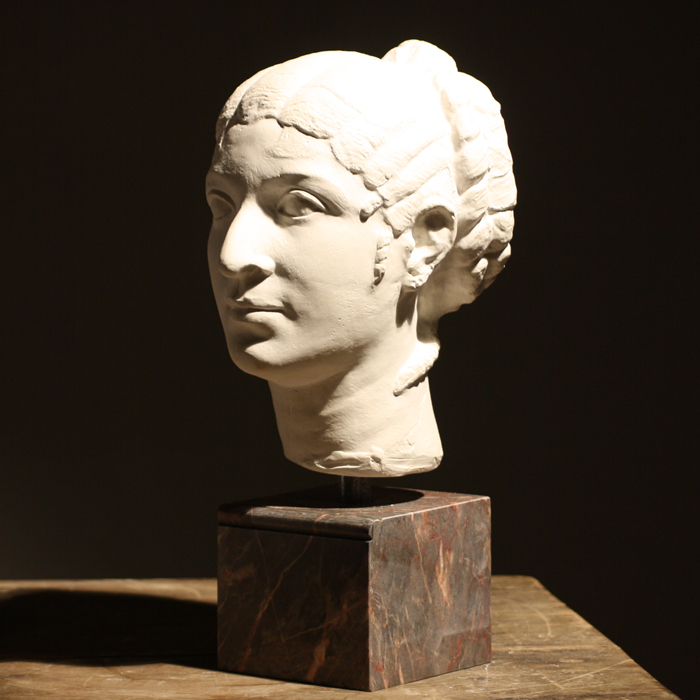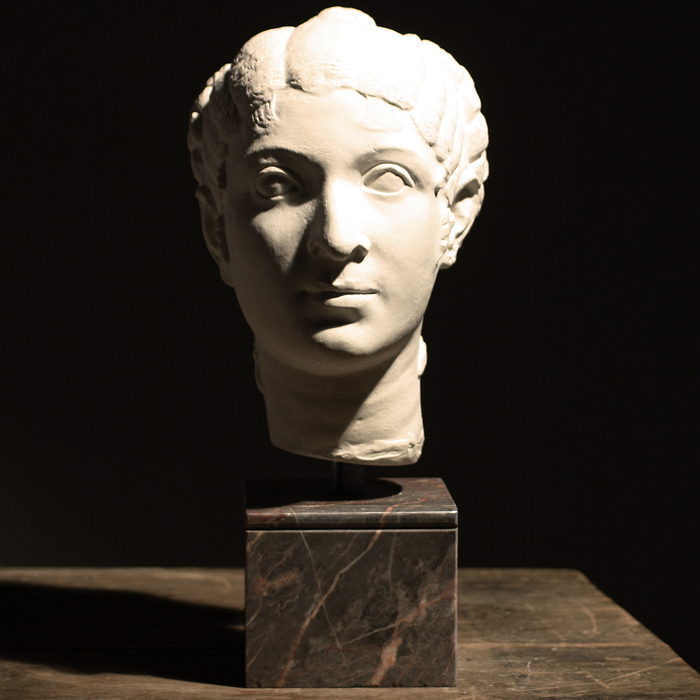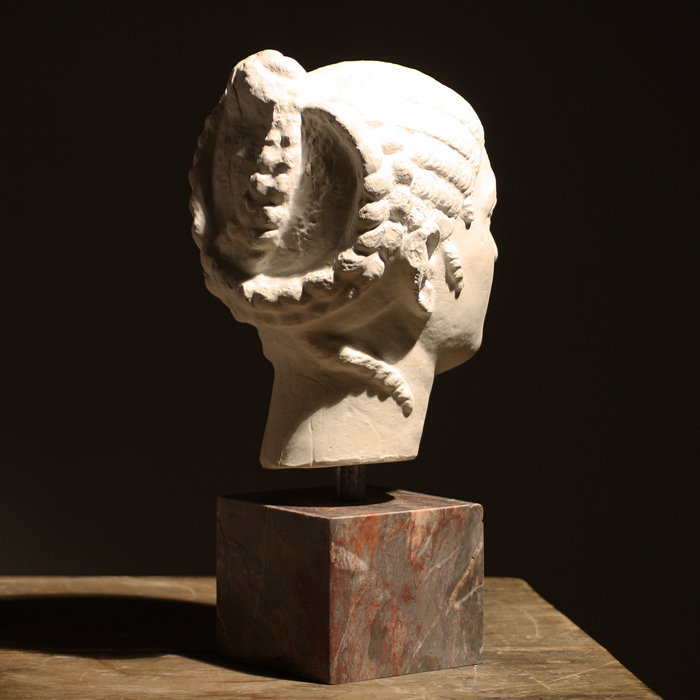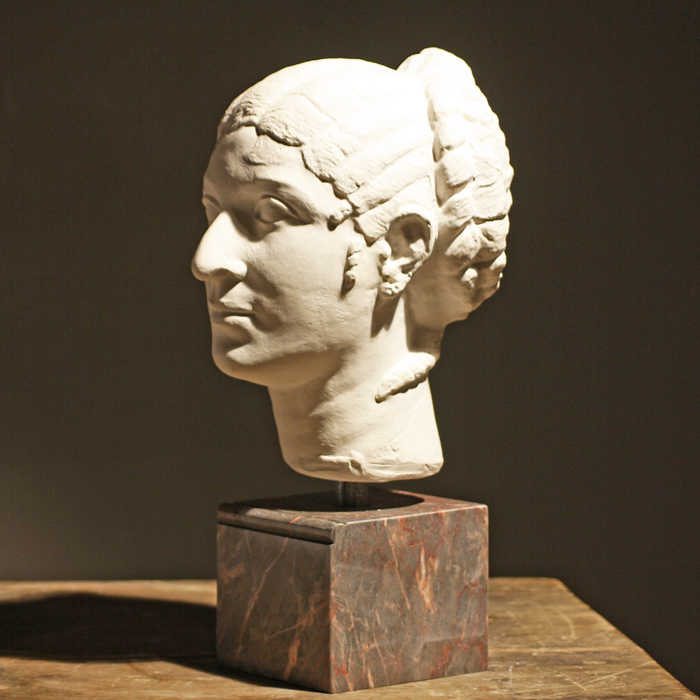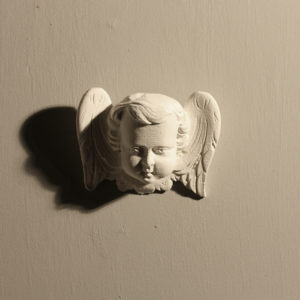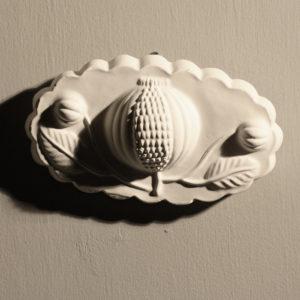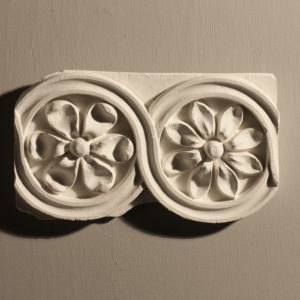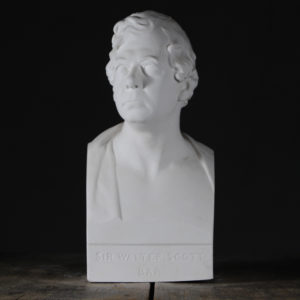No products in the basket.
Click and Collect – Please contact us to arrange collection or delivery of this item
The head of Cleopatra VII (or a Ptolemaic lady),
cast at LASSCO after the stone 1st Century BCE original held at the British Museum,
the female head, her hair elaborately coiffured, the head mounted on a block of Ashburton marble,
£465
In stock (can be backordered)
An ancient Roman bust, c. 50-30 BC, now held at The British Museum, depicting a woman from Ptolemaic Egypt, either Queen Cleopatra VII or a member of her entourage, during her 46-44 BC visit to Rome with her lover Julius Caesar. The bust is now located in the British Museum, London.
Please note: having cast the head we present it on a steel pin on a salvaged block of marble. The latter differs for each we make – if preferred please request a picture of the current base available before buying.
The British Museum curator notes to the original sculpture are as follows:
This head was one of the first portraits to be identified as Cleopatra VII using coins as a comparison. However, there is no royal diadem and it is now widely believed to represent a woman who closely modelled herself on Cleopatra’s image, perhaps a member of the queen’s entourage who travelled to Rome with her from Egypt. During Cleopatra’s stay in Rome between 46 and 44 BC, her notoriety and public appearances would have made her a celebrity, and her style and fashions were also imitated by Roman women.
Alternatively, if this head is to be identified as a portrait of Cleopatra VII, it may indicate the queen’s desire to be shown in Roman fashion with no royal insignia. This latter idea would, however, be totally at odds with the words of Cicero (Ad Atticum 15, 15, 2), who regarded Cleopatra as unacceptably regal and arrogant.
Some of the facial features can be compared with coin portraits of Cleopatra. The hooked nose with curved nostrils follows that on coins minted in Alexandria and Ascalon (Walker & Higgs, cat. nos 179-180) and on clay sealings showing the queen. The shape of the eyes and the pointed chin also compare well with the royal coins. The hairstyle differs, however, from the portrait heads of Cleopatra in the Vatican, Cherchel and Berlin … A fundamental problem in establishing a comparison is that the different coin issues showing Cleopatra’s portrait vary quite considerably, particularly in the rendering of the nose. Furthermore, the coins may not be an accurate reflection of her real face. Sculptured portraits also vary in details of the physiognomy, and it may be that the surviving marble portraits show the queen at different ages, and were made in various locations.
The hairstyle also differs from that shown on coins. At the front it is arranged in the formal melon coiffure, but at the back the locks of hair are coiled upwards and fed through a central knot, while two stray locks curl around the neck. This style is parallelled on another head made of Italian travertine in the National Gallery, Oslo. The sardonyx head of a woman (Walker & Higgs, cat. no. 211) shows another example of the hairstyle. This style seems to have been popular for only a short period during the middle decades of the first century BC.
It cannot be proved that this head is a portrait of Cleopatra VII, but the similarities with some features of her coin images are significant.
BIBLIOGRAPHY: H.P. L’Orange, ‘Zum Frühromische Frauenportrat’, RM (1929), 167-79, fig.2, pls 35-6; R.P Hinks, Greek and Roman Portrait Sculpture (London 1935), 15-16, fig 18a; G.M.A. Richter, The Portraits of the Greeks (London 1965), fig.1862; B. Lundgreen, ‘A Female Portrait from Delos’, Ancient Portraiture: Image and Message, Acta Hyperborea 4 (Copenhagen 1992), 66, figs.6-7; S. Walker, Greek and Roman Portraits (London 1995), 74.

